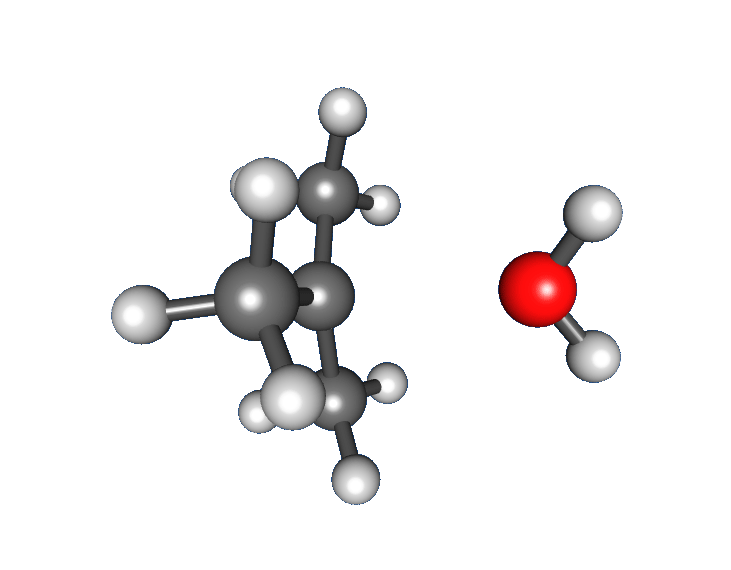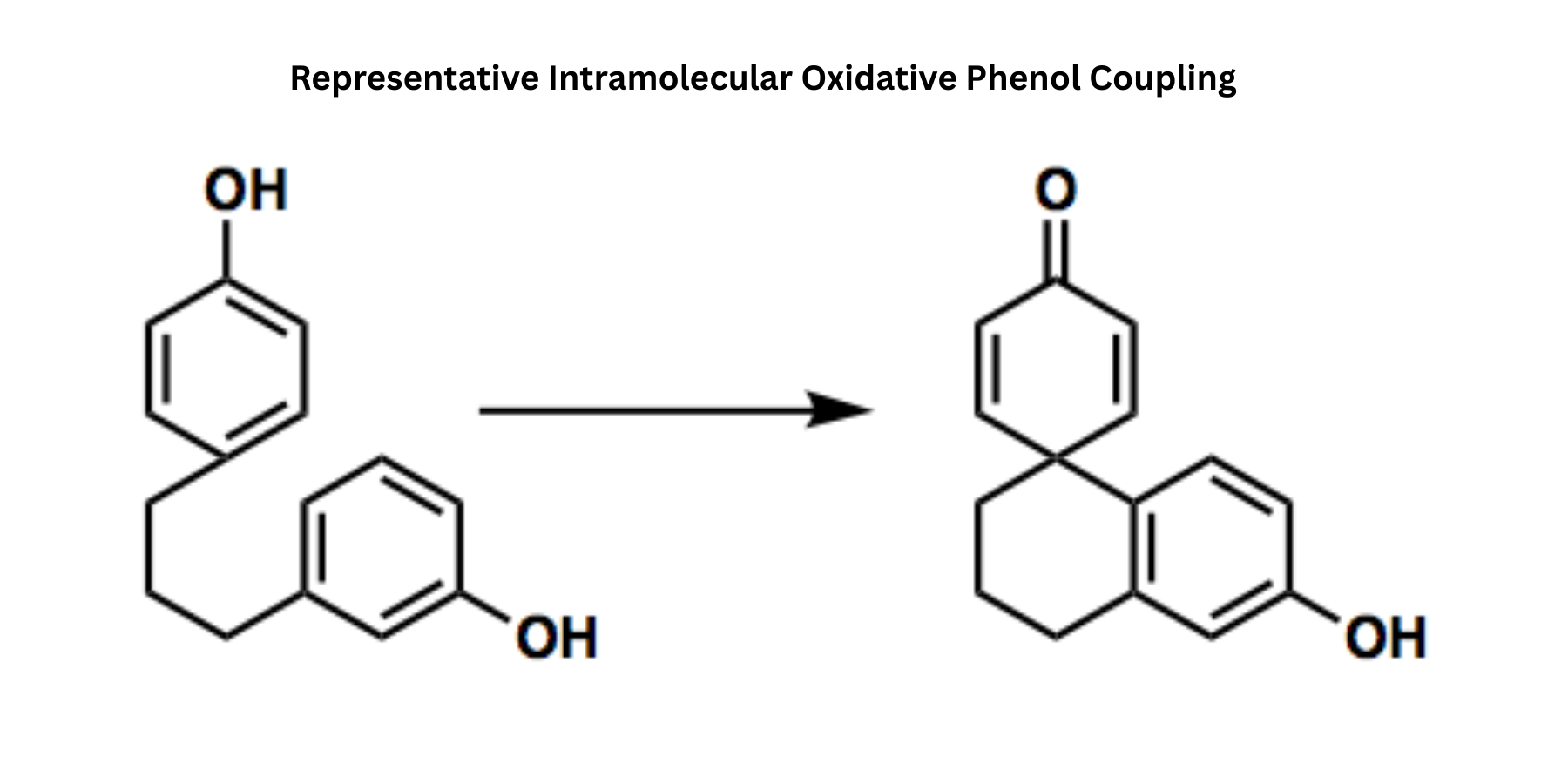Acid derivatives such as anhydrides, amides, and esters originate from carboxylic acids by modifying the –OH group into another substituent. Their shared structure centers on the carbonyl (C=O), rendering them reactive toward nucleophiles and useful intermediates in organic synthesis. Each derivative exhibits distinct properties and reactivity based on its leaving group and resonance stabilization.
Acid chlorides: Suffix “-oyl chloride” (e.g., ethanoyl chloride).
Anhydrides: Suffix “-oic anhydride” (e.g., ethanoic anhydride).
Amides: Suffix “-amide” (e.g., N-methyl ethanamide).
Esters: Suffix “-oate” (e.g., methyl ethanoate).

Phenols are aromatic ring systems bearing a hydroxyl substituent. This positioning enhances acidity compared to typical alcohols, due to resonance stabilization of the resulting phenolate ion. They appear in various natural products and synthetic compounds, exhibiting strong antiseptic properties and serving as key intermediates in industrial chemistry.
Oxidation and reduction (e.g., hydroquinones, ubiquinones)
Certain phenols, particularly those with two hydroxyl groups in the ring, act as 2e⁻ redox centers.
In biology, they cycle between reduced hydroquinones and oxidized quinones (as in ubiquinones), enabling electron transport in respiratory and photosynthetic pathways. The ring system’s ability to accommodate these redox changes underpins numerous cellular processes.

Polycyclic aromatics contain fused benzene rings (e.g., naphthalene, anthracene) that display strong aromatic stabilization and characteristic reactivity patterns, such as electrophilic substitution.
Heterocyclic aromatics incorporate at least one heteroatom (nitrogen, oxygen, sulfur) into the ring, producing molecules like pyridine or pyrrole. These modifications significantly influence acidity, basicity, and electronic properties, broadening the range of chemical behavior.
Many essential biomolecules feature heterocyclic aromatic structures. For instance, the nucleobases in DNA and RNA (purines and pyrimidines) possess conjugated ring systems crucial for base-pairing and genetic information storage.
Heterocycles also arise in vitamins, cofactors, and pigments, where their resonance and functional groups enable binding, catalysis, and light absorption in vital biochemical reactions.
Sign up for free to take 7 quiz questions on this topic